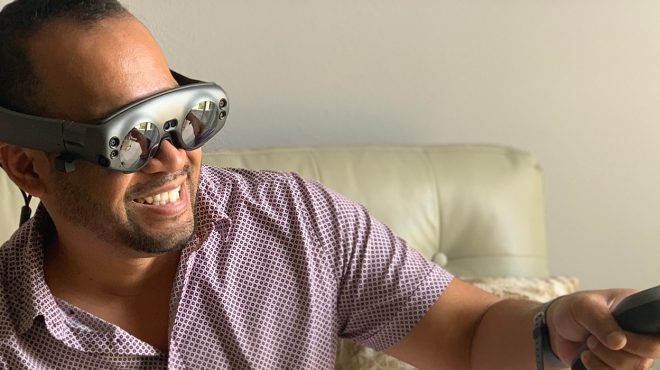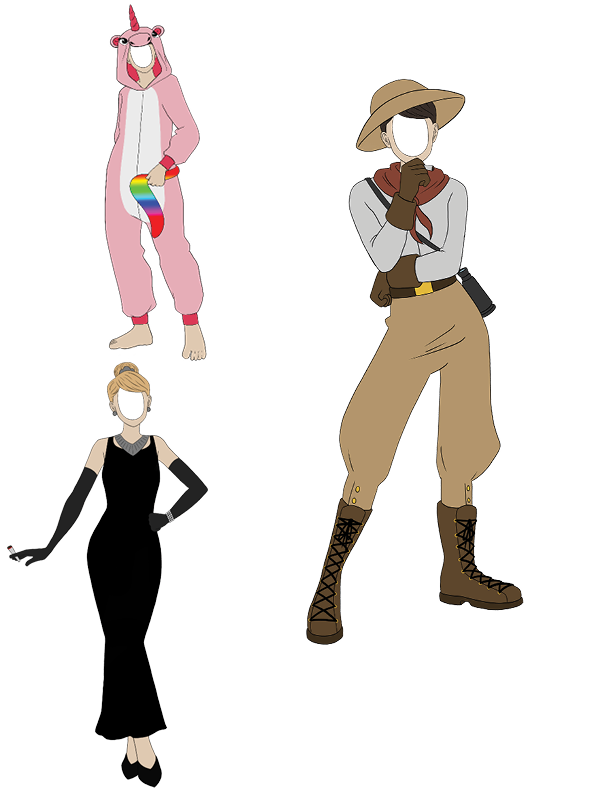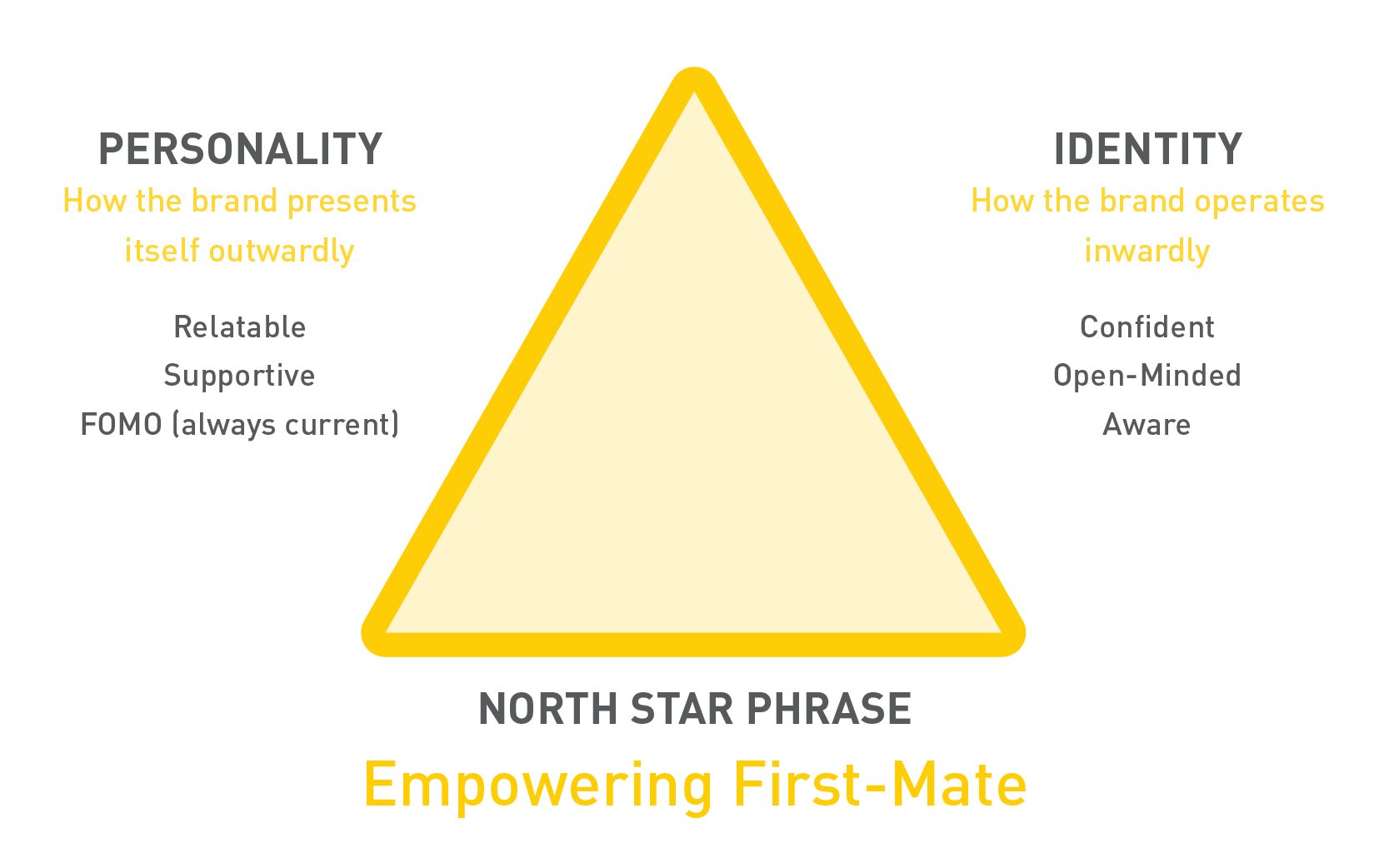Sep 22, 2020
Five tips for adapting your brand personality to new tech and new media

Branding
”They may forget what you said, but they’ll never forget how you made them feel.” That Maya Angelou quote comes to us from voice artist Mindy Baer, and it underlines what this entire article is about. Because brand personality, more than anything else, is the way to carve out a space in the minds of consumers by creating an emotional connection.
The future of digital marketing offers space in emerging tech, like voice assistants, and new media, like TikTok. Now, it’s time for companies to consider how well documented and consistent their brand personalities are — because these new opportunities come at the expense of many of the crutches relied upon in the past by logo and design-driven legacy brands.
In this article, a panel of experts offers their advice on what any brand steward or marketing professional needs to know to stick the landing when taking the leap into emerging digital marketing trends and new channels. Because whether 2020 has you looking to take your brand to TikTok, augmented reality, immersive video, voice assistants, chatbots or virtual trade shows, defining your brand personality is the key to getting it right.
What is brand personality?
This is one topic that deserves its own article, which is why we wrote one. But to keep things simple here, think about this: What defines you as a person? Your interests, your mission, your appearance, your voice, your actions and your demeanor — just for a start. A brand is no different. The best, most successful ones are driven by well formed personalities.
Jennifer Whetzel of Ladyjane Branding says, “With my clients, I try to make it simple and fun. I have them take a short quiz that helps me understand who they are, and then we talk through different types of brand archetypes within the cannabis marketplace to help them fully define their brand personality.”

Three of the brand archetypes used by Ladyjane Branding — the Eternal Child, Explorer and Socialite, respectively.
Tip #1: Define your own space in new media
”One misstep we see are companies trying to define themselves purely in relation to their product or service category. When you think about it, those product categories aren’t meaningful to real people out in the real world. They aren’t forming a relationship with your laundry detergent because of how different you are from your competitors,” says Dave Berg of Shepherd. Shepherd specializes in using data-driven audience analysis to help clients uncover new growth opportunities by uncovering the passions that unite people.
Dave adds, “That kind of category-comparative thinking is a relic of a world where you could buy people’s attention. It’s just not the world we’re living in today.”
They aren’t forming a relationship with your laundry detergent because of how different you are from your competitors.” — Dave Berg, Shepherd
The takeaway here is to find your own brand personality that’s authentic and matches your common interests with audiences. Focusing too much on what the competition is doing is a trap.
”We always try to find the clear space in the sports market for our clients,” says Bill Wollert, Managing Director of Optimum Sports, the dedicated sports marketing division of Omnicom. “With a clear brand focus and personality, it’s easier for our team to find the ways they can add value to the space in ways others couldn’t or wouldn’t,” he added.
“With a clear brand focus and personality, it’s easier for our team to find the ways they can add value to the space in ways others couldn’t or wouldn’t.” — Bill Wollert, Optimum Sports/Omnicom
Tip #2: Use your brand personality to eliminate waste
Let’s face it; there’s a cost to creating an AR experience or diving into a new social channel. “Even if it’s not a big deal to fund the up-front development or the ongoing costs of content, if you’re investing in a tool or a channel that doesn’t fit your brand and audience, you’re never going to get the value out of it,” says Sarai Nuñez, social media consultant and professor for University of Miami’s School of Communication.
“One of the first things I work through with many clients is getting past the idea that we’re for everyone. One of the most powerful things about defining your brand personality is it tells you who you’re not. And that helps you make real business decisions about where to invest and what to avoid,” adds Jennifer Whetzel. Ladyjane Branding specializes in helping cannabis brands find their personality and voice in an emerging market.
One of the most powerful things about defining your brand personality is it tells you who you’re not.” – Jennifer Whetzel, Ladyjane Branding
Eliminating the irrelevant is one critical but overlooked function of a documented brand personality. It will help you figure out what audiences aren’t going to be relevant targets. And it will also help you figure out what media just aren’t a good fit for you and the value you offer.
This is a powerful tool for helping you avoid missteps in new media and failed experiments in new tech. Sarai Nuñez says, “Trust the people you’ve hired to help you with your brand. If they’re steering you away from a certain medium or steering you toward something else, it’s because they’re trying to find what fits.” Because for brands, as with people, there are absolutely different strokes for different folks.
Tip 3: Brand development can help you find your tribe
Part of the brand personality process helps you uncover what’s important to you. And those brand passion points are the key to making real connections with new communities. For instance, if you’re a tool brand that values ingenuity, it’s easier to see how you might look beyond your audiences of craftspeople and DIYers to find a shared passion with PC builders and IT professionals.
”When a brand understands who it is, it’s easier to find new growth audiences that make sense. The big data part of what we do helps find those tribes united by a strong shared interest,” says Dave Burg. “A brand that knows itself is going to be able to build authentic relationships in those communities,” he adds.

”As we’ve seen cable TV penetration rates decline and entertainment viewership shift to OTT and VOD services, traditional cable and broadcast sports programming viewership has remained relatively stable — or gone up in some cases. Sports is still a way to deliver massive reach, and these consumption shifts have given advertisers a second chance to rethink their sports strategies. As we’ve seen cable TV penetration rates decline, women’s sports is now one of the more efficient ways to reach female audiences,” says Bill Wollert. “And you’re part of the conversation that you know the audience is passionate about,” he adds.
Tip 4: Figure out what value your brand can provide
According to Bill Wollert of Optimum Sports, the clients who’ve figured out how to add value to the communal experience for sports fans are the ones who’ve benefited most. He went on to say, “When an advertiser is looking to enter into the sports marketplace, we push them to think about how they can bring value to the fans. Sports fans always want to get closer to the game, so figuring out how to do that can unlock new opportunities. It’s all about having a fan-first mindset.”
“When an advertiser is looking to enter into the sports marketplace, we push them to think about how they can bring value to the fans.” – Bill Wollert, Optimum Sports/Omnicom
Credits: Sophie Robbins and Francesca deWeerdt, University of Miami
“The students in my Advanced Creative Development class are great at this because they’re so much closer to emerging trends,” says Sarai Nuñez. “For a COVID-related brief, they came up with an idea for Goodwill; a TikTok challenge to try on everything in your closet and have friends tell you what to keep or donate. We dug into the audiences, really got to know their struggles, and this was a great use of TikTok to escape boredom in quarantine in a way that helps Goodwill restock.”
These service-minded questions are absolutely the crux of any good branding endeavor, and defining those values should be part of your brand personality process. The important thing to remember here is to approach any new marketing technology or new media channel with an idea of how you can make the space better. What fun can you add for users? How can you address a pain point? How can you amplify their passion?
Tip 5: In the world of marketing technology, it pays to make your brand more human
”I have to evaluate every opportunity by considering if I can portray this honestly,” says Mindy Baer. “When I’m creating a promo for a new show, I have to think about the experience of watching it. Does it need to feel like curling up next to your friend on the couch with a glass of wine or is it a late-night true crime nail-biter?”
”The first thing we do is start talking about human characteristics and archetypes, and that’s no accident,” says Jennifer Whetzel. “I really need my clients to think about their brands as real people with real personalities and dimension.”
Developing a real human personality is what allows you to relate to an audience in a way that’s meaningful and authentic. But don’t overcomplicate it. Start by defining the very small number of things that should always be true about any interaction with your brand. Are you absolutely always cheeky and joyful? What about uplifting and supportive? The goal isn’t to define everything you can be, but instead to outline what you must always be to maintain consistency. If this sounds tough, it’s because self-examination always is. And while it’s totally possible to outline your brand personality within your own company, the process is much easier with the help of an outside perspective from an agency partner or consultant.
Your brand personality gives you the power to go forth and conquer
If you haven’t defined your brand personality, we hope these tips have shown you how much you stand to gain by getting real before diving into emerging media or tech. Knowing who you are, definitively, will save you immeasurably in the long run by helping you determine how, where and with whom to play.
This group of experts — from the emerging market of cannabis branding to sports marketing to professional commercial voice work to higher education to audience segmentation and analytics — hopes this article will help you understand and document your brand personality so that you can step more boldly into new spaces. If you want to know more about developing your brand personality in new places, check out our articles on developing your brand personality the easy way, finding your brand personality in your favorite TV characters and how to bring your brand to life in augmented reality.
Thanks again to Jennifer Whetzel of Ladyjane Branding, Voice Artist Mindy Baer, Bill Wollert of Omnicom’s Optimum Sports, Dave Berg of Shepherd and Sarai Nuñez of University of Miami for lending your expertise.
